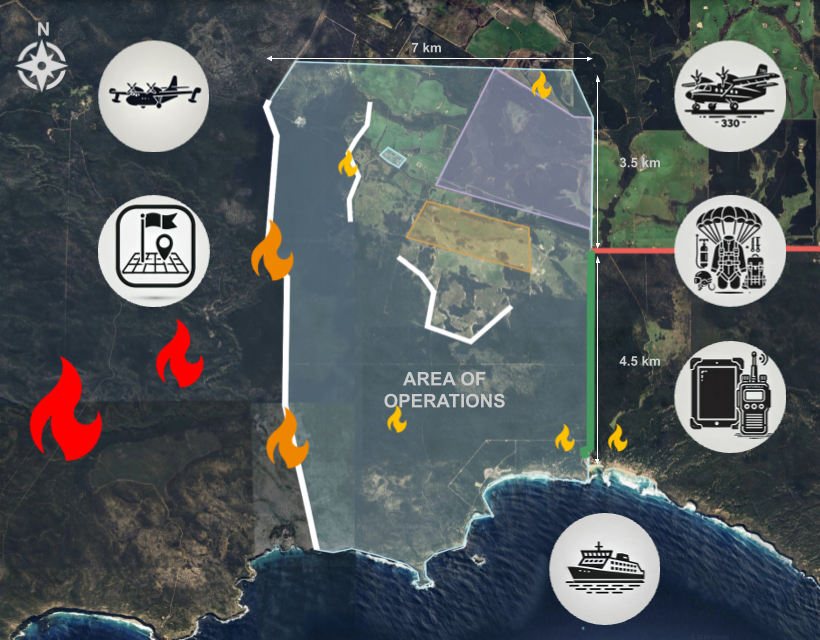
Choosing LZ BLACK demonstrates a strategic focus on flexibility, positioning the team to respond dynamically to shifting priorities. While this ensures adaptability, it compromises immediate action on critical objectives like fire suppression and civilian safety. The open terrain provides a safer landing, but the central location delays engagement with high-priority areas.
As the aircraft approaches the drop zone, the captain’s voice crackles over the intercom:
‘Attention, team. Gusts are now exceeding 90 klicks, with sudden wind shear detected. Smoke layers are shifting unpredictably—brace for challenging descent conditions.’
The first half of the team exits into the swirling haze, their parachutes vanishing almost instantly. But as the remaining jumpers prepare to deploy, a massive spike in turbulence forces the pilot to delay their exit. When they finally leap, the conditions are even worse—thick smoke and erratic winds make navigation a nightmare, scattering personnel across unfamiliar terrain.
Team Instructions
Under the guidance of your facilitator, half the team will move as Sub-Team 1 and the other half as Sub-Team 2 for the next stage.
